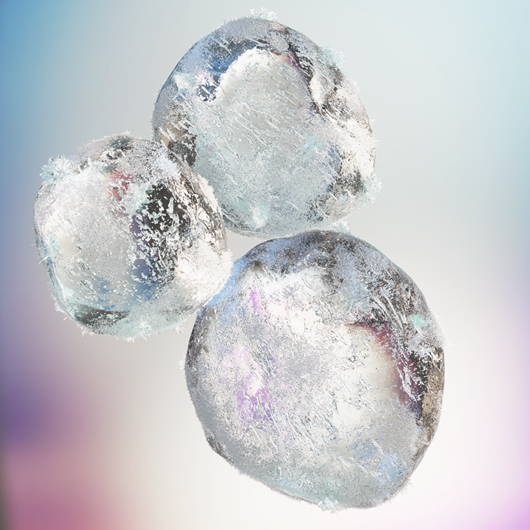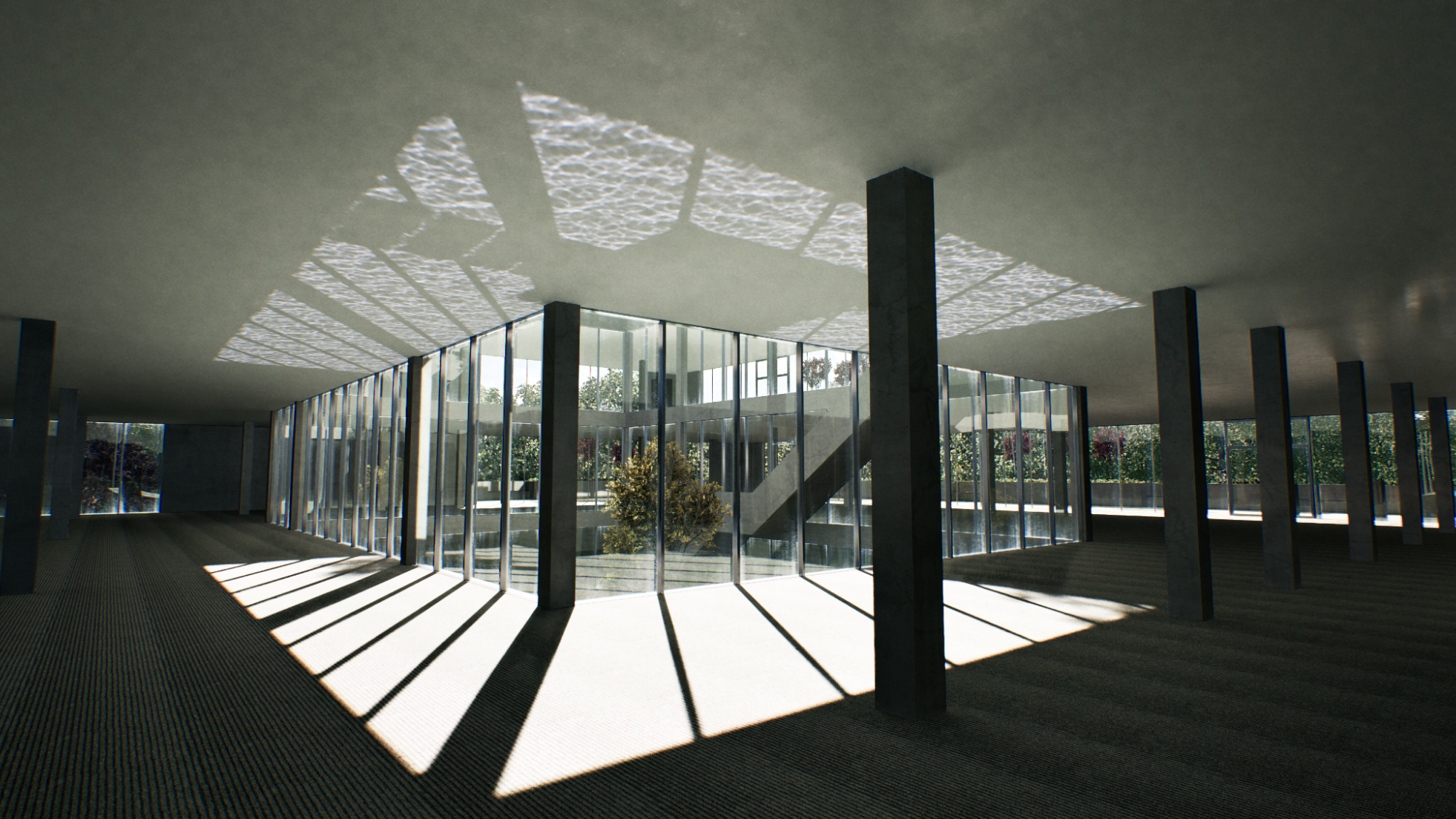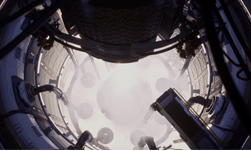NVIDIA RTX ray tracing has transformed graphics and rendering. With powerful software applications like Luxion KeyShot, more users can take advantage of RTX technology to speed up graphic workflows — like rendering caustics.
Caustics are formed as light refracts through or reflects off specular surfaces. Examples of caustics include the light focusing through a glass, the shimmering light at the bottom of a swimming pool, and even the beams of light from windows into a dusty environment.
When it comes to rendering caustics, photon mapping is an important factor. Photon mapping works by tracing photons from the light sources into the scene and storing these photons as they interact with the surfaces or volumes in the scene.
KeyShot implements a full progressive photon-mapping algorithm on the GPU that’s capable of rendering caustics, including reflections of caustics.
With the combination of RTX technology and CUDA programming framework, it is now possible for users to achieve features like ray tracing, photon mapping, and shading running on the GPU. The power of the RTX GPUs accelerates full rendering of caustics, resulting in detailed, interactive images with reflections and refractions.

When developing KeyShot 10, the team analyzed the GPU implementation and decided to see if they could improve the photon map implementation and obtain faster caustics. The result is a caustics algorithm that is able to handle thousands of lights, quickly render highly detailed caustics up close, and run significantly faster on the new NVIDIA Ampere RTX GPUs.
“Using the new caustics algorithm in KeyShot 10, we started getting details and fine structures in the caustics that normally would not be seen due to the time it takes to get to this detail level”, said Dr. Henrik Wann Jensen, chief scientist at Luxion.
All images are rendered on the GPU and they can all be manipulated interactively in KeyShot 10 and the caustics updates with any changes made to the scene.

“The additional memory in NVIDIA RTX A6000 is exactly what I need for working with geometry nodes in KeyShot, and I even tested how high I could push the VRAM with the ice cube scene,” said David Merz, founder and chief creative at Vyzdom. “I’m hooked on the GDDR6 memory, and I could definitely get used to this 48GB ceiling. Not needing to worry about VRAM limitations allows me to get into a carefree creative rhythm, turning a process from frustrating to fluid artistic execution, which benefits both the client and me”.
With NVIDIA RTX GPUs powering caustics algorithms in KeyShot 10, users working with transparent or reflective products can easily render high-quality images with photorealistic details.
Read the KeyShot blog to learn more about NVIDIA RTX and caustics rendering.









